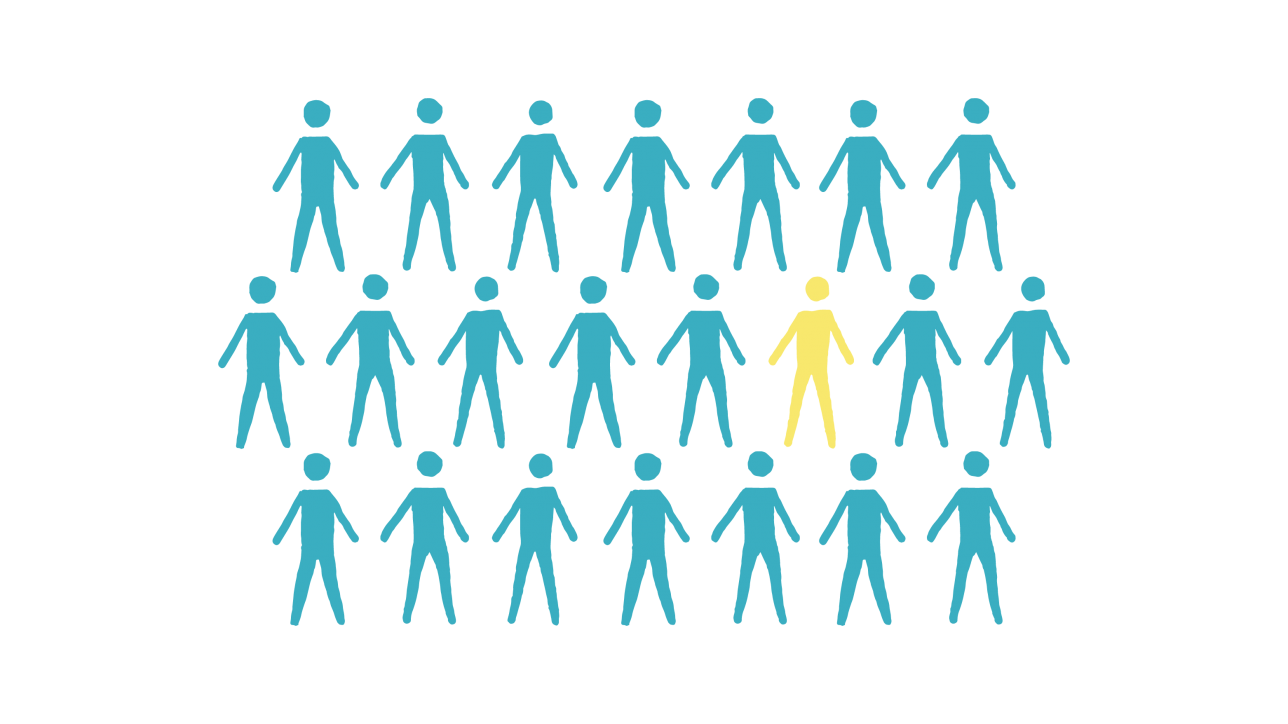Every website should have an ideal user in mind whether that user is a consumer who will purchase a product or just an avid fan who will read and share your information. The most successful websites have not only embraced this concept, they know that marketing, writing, designing, etc., really centers around that target user. The question then becomes: How do you define that persona?
Creating a user persona that helps you identify what will make your website more desirable starts with your current audience and research – lots and lots of research. While you may know that your website appeals to men age 18 to 35, that’s only a fraction of the information available. What if your product appeals to 18 year olds in college and 35 year olds who are well-educated, high income earners? Now you actually have two different personas. And that’s to be expected. Don’t be surprised if your research tells you that you need a different marketing approach to hit some key groups. The trick is to find a balance between gathering the right amount of information and gathering too much.
Using your SEO and analytic data from the website is a fantastic way to begin putting your users into buckets. If you’re gathering analytical data regularly, you already have a lot of information that will help you segment and find commonalities between users. This is a great place to start and the insight into your specific website users is vital.
So how do you apply this data? This is actually the fun part as you now have a guideline to aim for rather than shooting in the dark. Content writers and SEO specialists love knowing who their audience is so they can craft copy that is engaging and appealing. Imagine being told to sell widget X to “the marketplace”. Well, how in the world does the writer do that? Typically in a very generic and dry manner. Now, imagine that writer is told that widget X is favored by mothers in their 20s who also have a job outside the home and tend to live in the Midwest. Suddenly that writer can picture the target user and write to her desires and needs. Not only does that make your product more appealing but it also makes you look like a brand that understands and cares.
Taking your data even further and learning more about that target user can reap even more rewards. It’s time to discover what your analytics are telling you so you can use that information to create advanced user segmentation that will help you grow and reach the right audience.


